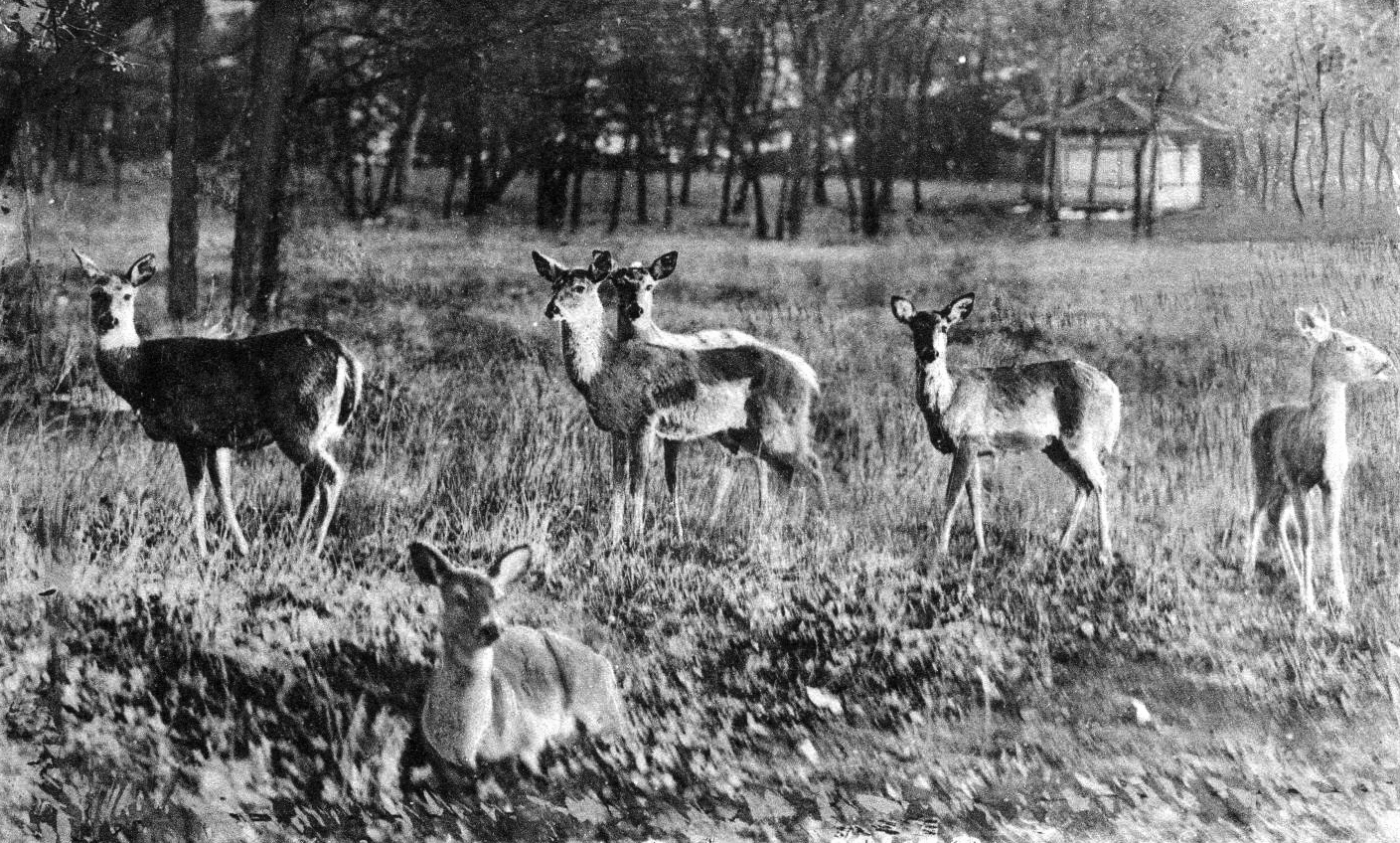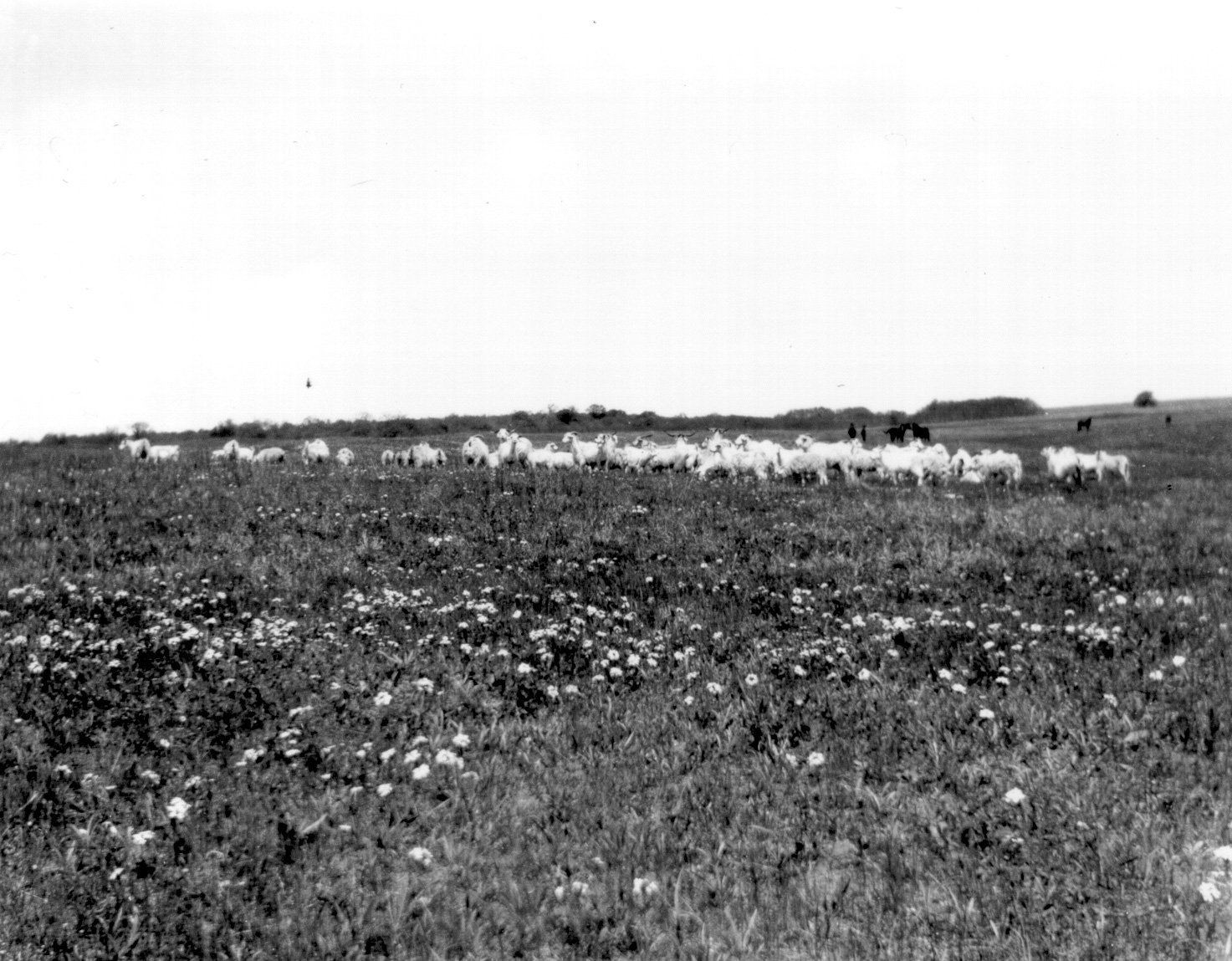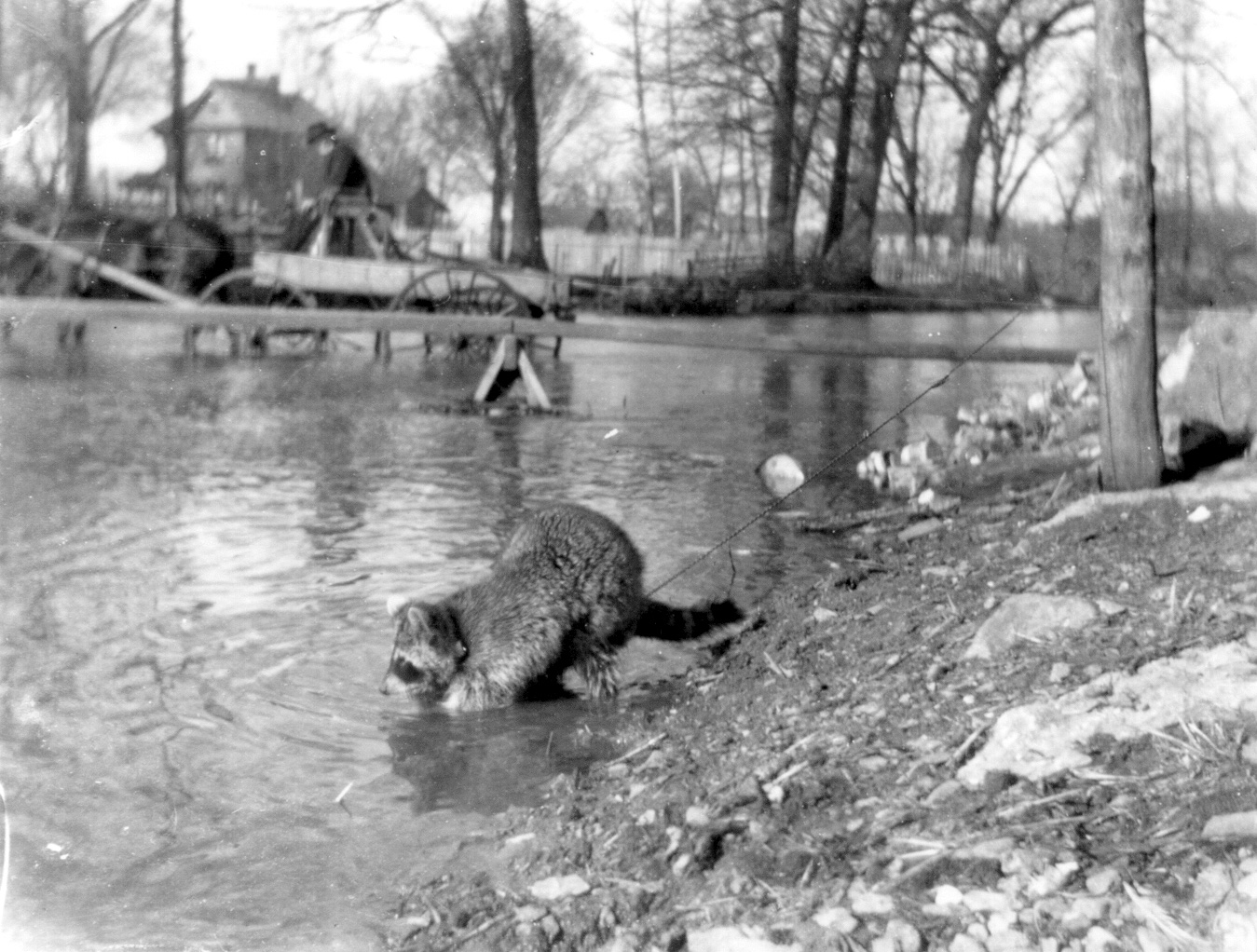
MAMMALS.
It is well known that Oklahoma enjoys a diverse mammalian fauna. Interestingly, Oklahoma has no species that exist only within the state's political boundaries. Oklahoma's mammalian fauna is a composite of species that originated elsewhere and arrived here by following various routes over thousands of years. This assemblage has funneled into Oklahoma from the eastern deciduous forests, the southeastern and Gulf Coastal Plains, the arid Southwest, the Rocky Mountains, and the Great Plains. Several rodent and carnivore species like the beaver (Castor canadensis) and raccoon (Procyon lotor) have such extensive distribution across North America that it is difficult to determine where they may have originated.
Currently in Oklahoma there are about 101 native species of mammals recognized by mammalian taxonomists. Excluding domesticated forms, of the world's twenty-six mammalian orders, eight are represented in Oklahoma: one marsupial (opossum; Didelphimorphia), six insectivores (shrews and moles; Insectivora), twenty-one bats (Chiroptera), one armadillo (Xenarthra), four rabbits (Lagomorpha), forty-six rodents (Rodentia), seventeen carnivores (Carnivora), and five artiodactyls (deer, pronghorn and bison; Artiodactyla).
Beginning in the sixteenth century, with the colonization of the New World and the continued globalization activities of humans, several mammal species have been introduced to Oklahoma. Four have established wild populations that could lead to the competitive exclusion of native species. The house mouse (Mus musculus), Norway rat (Rattus norvegicus), and black rat (Rattus rattus) occur in urban areas and in some native habitats. They are the most common rodent pests in buildings. Nutria (Myocastor coypu), released into the wild from fur farms, now exists in wild populations along the Red River and its tributaries in southeastern Oklahoma. Nutria is known to be a competitor with native muskrats (Ondatra zibethicus).
Some species no longer exist in Oklahoma. The black-footed ferret (Mustela nigripes), red wolf (Canis rufus), gray wolf (Canis lupus), and grizzly bear (Ursus arctos) are extinct in the state. The black-footed ferret's survival depended on having large populations of prairie dogs, which were their primary food source. The extensive poisoning programs used to control prairie dogs and the expansion of agriculture both contributed to the disappearance of the ferret from Oklahoma. The last recorded sightings were in late 1960s and early 1970s. The grizzly bear was probably present in western Oklahoma. It did occur in Kansas, Texas, New Mexico, and Colorado, and it was extirpated because of human actions about fifty to one hundred years ago in those regions. Gray wolves were also extirpated in Oklahoma in the mid-to-late 1930s. Some of the last ones were recorded at the Wichita Mountains Wildlife Refuge. Habitat destruction and hybridization with coyotes and domestic dogs seemingly led to the disappearance of the red wolf by the late 1960s or early 1970s. Bison and elk, the state's largest native herbivores, were hunted so extensively that in the late 1800s they had completely disappeared. Both species have been reintroduced and occur only as fenced populations on ranches or in wildlife preserves.
Several species of mammals in Oklahoma are threatened with extinction. Many of the threats are the result of human actions, both direct and indirect. Several bat species (e.g., the Indiana bat [Myotis sodalis] the gray bat [Myotis grisescens] and a subspecies of the big-eared bat, Plecotus [Corynorhinus (townsendii ingens)]), are endangered due to vandalism, pesticides, and destruction of roost sites. Bat populations in general have declined as a result of disturbances to cave habitats, loss of foraging habitats, and pesticide use. The Texas kangaroo rat (Dipodomys elator) is a rare species and is more common south of the Red River in a few north-central Texas counties. It used to occur in Oklahoma in larger numbers, but due to the clearing of native vegetation for ranching and the expansion of agriculture, suitable habitat seemingly disappeared. Occasionally an individual is found near a bridge that crosses the Red River into Texas. Other mammal species continue to be of special concern for conservation organizations such as the Oklahoma Department of Wildlife Conservation and the Oklahoma Biological Survey.
Of the many species of mammals that have been domesticated by humans, either to serve as pets or for beasts of burden, eight are common in Oklahoma. These are the dog, cat, horse, donkey or ass, pig, cattle, goat, and sheep. Horses and cattle continue to be an important part of Oklahoma's agricultural economy, and they served a major role in the pioneering of the state, as evidenced by the many cattle drives that occurred in the late 1800s. In the last decades of the twentieth century the horse industry had grown beyond being solely associated with the cattle industry and now enjoys its own uniqueness based on show horses and racing. The pig, goat, and sheep livestock industries have also increased in numbers from a few individuals kept by early settlers to large commercial livestock enterprises. At the turn of the twenty-first century controversy has erupted in areas of the state where huge pig farms have created odor and possible pollution problems. Feral pigs occur in southeastern Oklahoma, and recent reports of feral pigs exist from the Arbuckle Mountains and southwestern Oklahoma.
Exotic species of mammals also have been imported into Oklahoma from other regions of the world. The most common place to observe these are in zoos and zoological parks, which have imported these species for educational purposes and to help in the preservation of some threatened forms through special breeding programs. Several private ranches also have exotic species (for example, camels, llamas, longhorn cattle, Scottish Highland cattle, bighorn sheep, Barbary sheep, fallow deer, and axis deer). Various animal rehabilitation associations also harbor exotics, including lions, tigers, and leopards. Pet stores are a source of smaller exotic species of mammals, which are sold as pets (e.g. sugar gliders, chinchillas, hamsters, gerbils, European rabbits, European ferrets). It is important that these exotics not become established as free-living populations, because in most cases when exotics establish feral populations, native species are adversely affected.
See Also
BIRDS, CATTLE INDUSTRY, DEER, ENVIRONMENT AND CULTURAL ECOLOGY, FLORA, HORSE INDUSTRY, REPTILES AND AMPHIBIANS, SHEEP INDUSTRY








